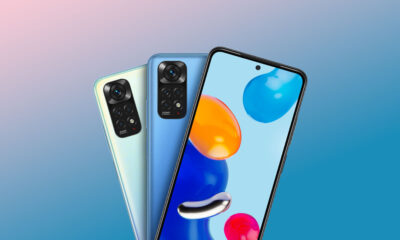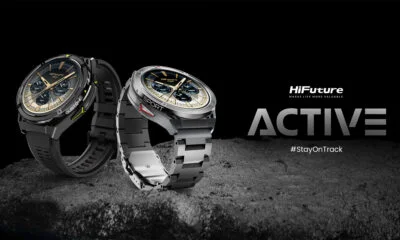News
Huawei Wants To Make Long-Range Wireless Charging A Reality
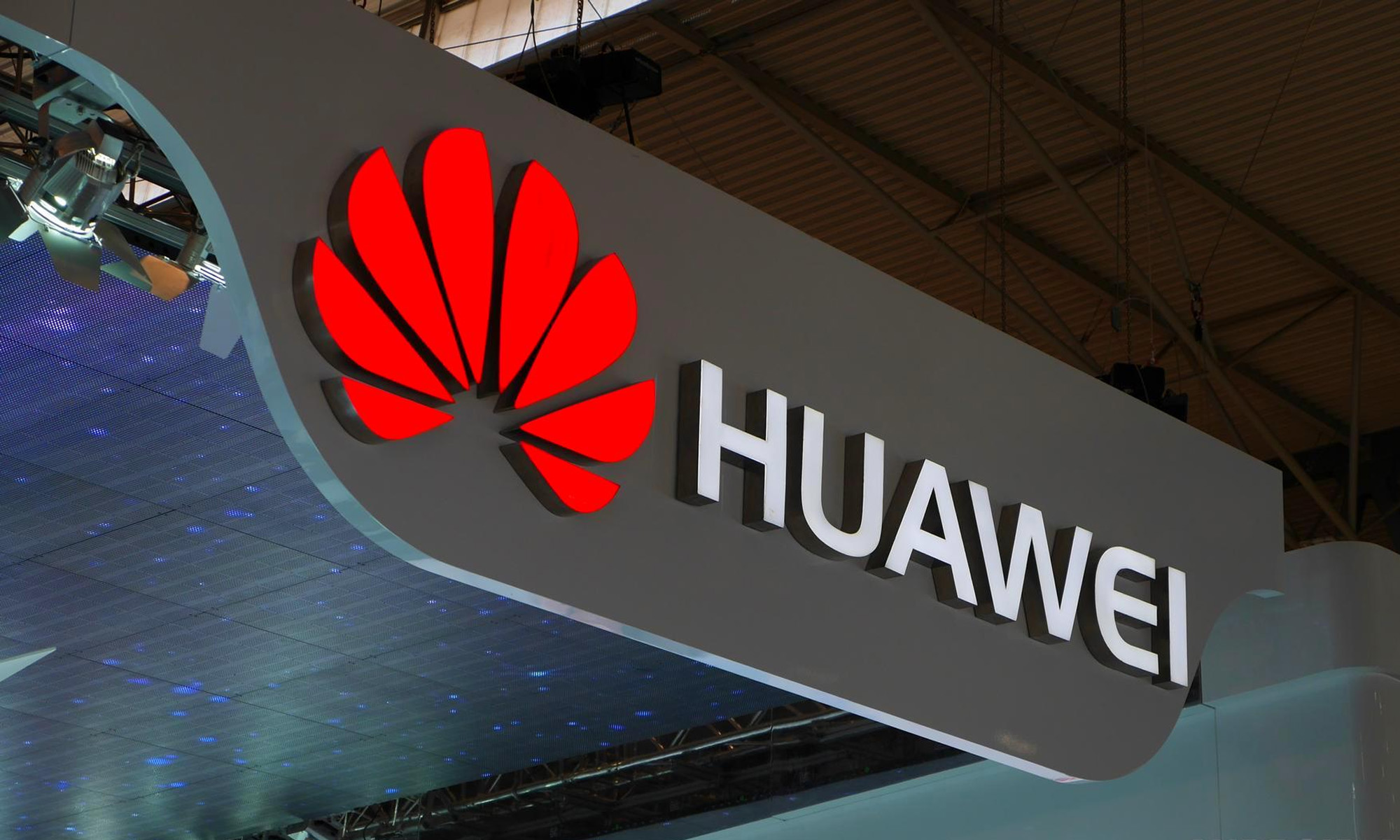
Short battery life consistently ranks as the top complaint of smartphone users. To increase it, smartphone manufacturers can produce devices with larger batteries, increasing their size and weight, improve the energy density of their batteries, or use different battery technology. Alternatively, they can make it easier for users to charge their devices, and that’s the path Huawei has decided to take by making long-range wireless charging a reality, according to an IT Home report.
The report revealed that the Chinese multinational technology company known for its telecommunications equipment and consumer electronics has filed a patent for a new technology that would make it possible to charge battery-powered devices wirelessly over a long distance.
Currently, wireless charging requires two coils to be placed directly opposite each other. This greatly restricts the potential applications of this otherwise wonderful technology, whose only other major drawback is its inefficiency.
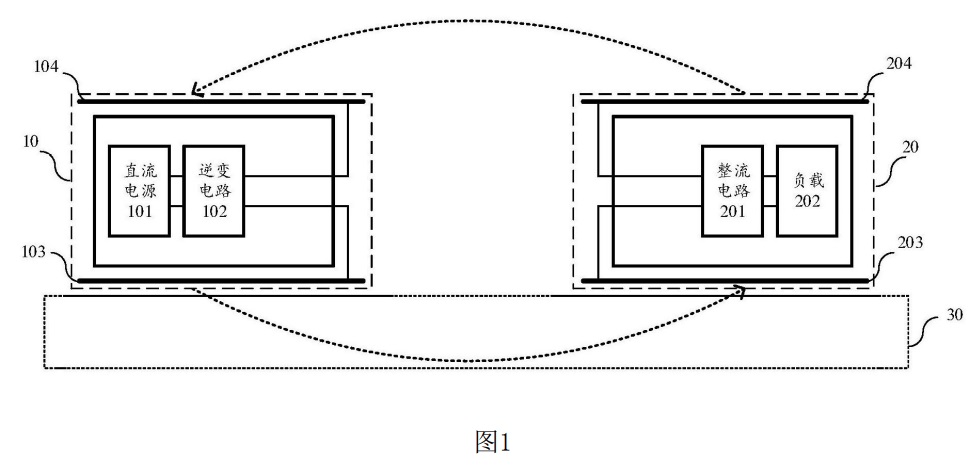
IT Home
According to the patent’s description, Huawei has been able to figure out how to increase the distance between the two coils by sending electricity through a variety of media, including iron, aluminum, copper, alloy materials, metal pipes, humans, animals, soil, earth, seawater, or just about any other material with conductivity greater than that of air.
“IT Home understands that the purpose of this Huawei patent is to increase the equivalent coupling capacitance between the transmitting electrode and the receiving electrode, which can effectively increase the transmission power between the transmitting device and the receiving device, thereby realizing long-distance wireless charging,” writes the technology portal.
Also Read: Apple Likely To Release 8K VR Headset In 2022
This kind of long-range wireless charging technology could revolutionize the wearables market, but its potential applications extend much further. For example, it could be used to charge embedded medial devices, industrial sensors, and other small devices that can’t be easily connected to a regular charger.
Since the patented technology has yet to be put to practical use, we don’t know anything at all about its safety or potential downsides.
News
HiFuture Wraps Up Successful GITEX GLOBAL 2024 Appearance
The electronics company wowed audiences at the world’s largest tech event with a range of wearable and smart audio devices.
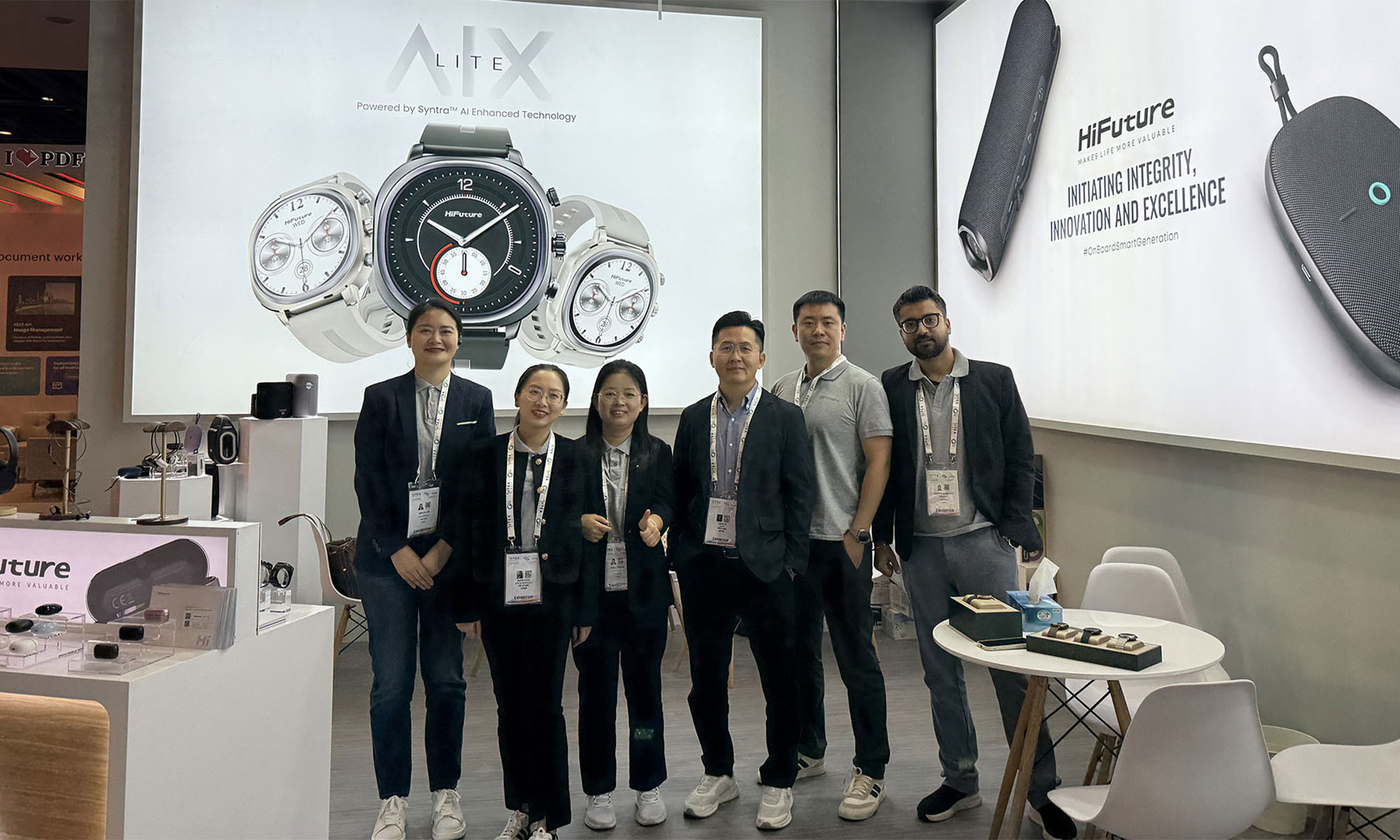
This year’s GITEX GLOBAL 2024 in Dubai saw a huge number of startups, electronics firms, and innovators from around the globe gather for the tech sector’s largest event of its kind. One company making waves at this year’s expo was Chinese tech group HiFuture, which showcased a range of products with a focus on wearable technology and smart audio.
At the HiFuture booth, the company captivated attendees with cutting-edge smartwatches like the ACTIVE and AURORA, along with a range of powerful wireless speakers, earbuds, and even smart rings. Visitors were eager to check out the sleek new designs on offer and even had the chance to test out some of the products themselves.
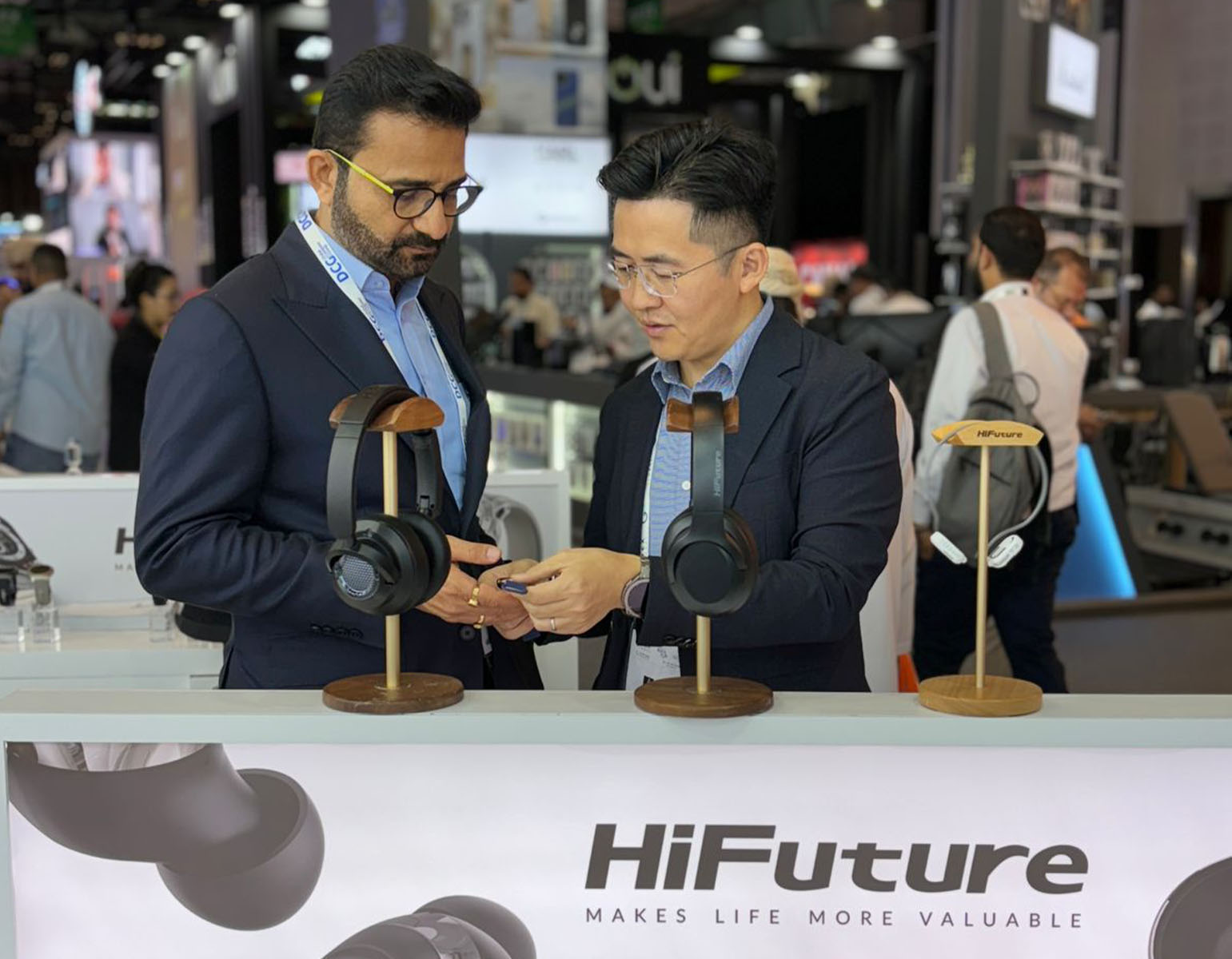
Among the highlights were smartwatches combining dual-core processors with customizable options. The devices blended style and technology, offering health monitoring capabilities, personalized watch faces, and advanced AI-driven functionalities, giving attendees a taste of the future of wearable technology.
On the audio front, HiFuture’s wireless speakers left a lasting impression, offering rich, immersive sound in compact, portable designs. These speakers cater to both intimate gatherings and larger celebrations, offering versatility for users. Meanwhile, the company also showed off its Syntra AI technology, which it claims “revolutionizes health and fitness tracking by combining advanced optical sensors with intelligent algorithms for precise, real-time insights”.
Also Read: How (And Why) To Start A Tech Business In Dubai
The presence of HiFuture’s leadership team at GITEX 2024 underscored the importance of this event for the company, with CEO Levin Liu leading a team of executives, all keen to engage with attendees and offer insights into HiFuture’s vision, product development process, and future direction.
Overall, it seems that GITEX GLOBAL 2024 has been a rewarding experience for HiFuture. The enthusiasm and curiosity of attendees shown to the company’s diverse range of products was obvious, with the HiFuture team leaving on a high note and clearly excited and motivated by the event.




